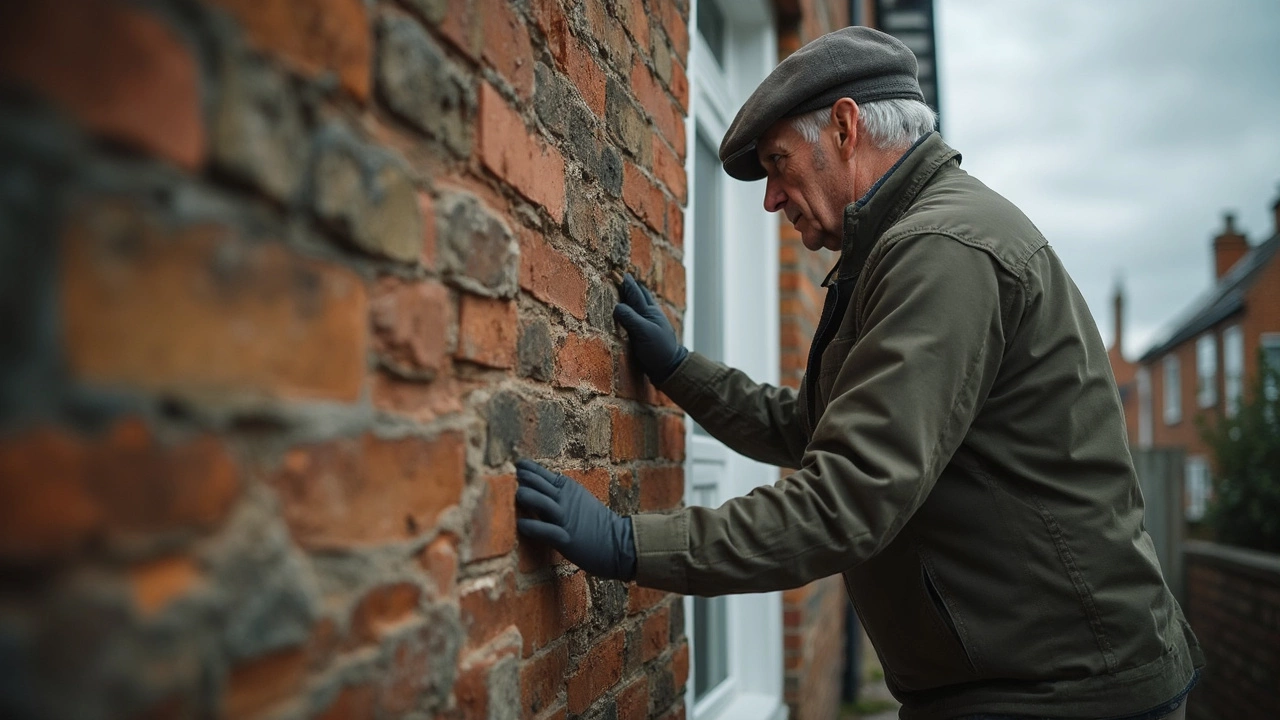Wondering if your home needs major foundation repair? This in-depth article breaks down what counts as major, which signs signal big trouble, and what homeowners can expect from the repair process. You'll learn about repair types, costs, timelines, and some surprising facts every homeowner should know. Don't gamble with your home's most important support—discover the concrete realities of foundation fixes.
Foundation Stabilization: Simple Ways to Keep Your Home Safe
Notice cracks in the walls or doors that won’t close properly? Those are often clues that the foundation is moving. Stabilizing that foundation early can save you from costly repairs later. Below are clear, hands‑on tips you can start using right away.
Why Foundation Stabilization Matters
Every building settles a bit after the ground dries or rains. Most of the time the movement is tiny and harmless. Problems start when the soil shifts unevenly, when moisture levels swing wildly, or when the original footings were not deep enough. When this happens, cracks appear, floors become sloped, and the structure can lose its level.
Besides the obvious damage, an unstable foundation can affect insurance claims. Many policies won’t cover damage caused by neglecting basic soil and moisture control. That’s why spotting early signs and taking action matter for both safety and your wallet.
Easy Steps to Stabilize Your Foundation
1. Check your drainage. Water pooling around the house is a major culprit. Make sure gutters direct water at least 6 feet away from the walls. Add a simple French drain if the ground stays soggy after rain.
2. Keep soil moisture consistent. In dry climates, sprinkling the foundation area a few times a week during hot months helps. In wet areas, consider a vapor barrier under the garden beds to stop excess moisture from soaking the soil.
3. Inspect the perimeter for cracks. Walk around the outside and look for gaps where the foundation meets the soil. Small cracks can be sealed with hydraulic cement – a quick fix that stops water infiltration.
4. Use soil compaction. If you’re planning a new addition or a large landscaping project, compact the soil in layers. A hand‑tamper or a plate compactor makes the ground denser, reducing future settlement.
5. Consider underpinning. For older homes with noticeable movement, underpinning adds extra support beneath the existing footings. This is a job for a professional, but knowing the option helps you talk to contractors with confidence.
6. Review your insurance. Call your insurer and ask specifically what foundation problems are covered. Some policies exclude damage caused by poor drainage or neglect, so you may need a rider for extra protection.
7. Schedule a professional assessment. A structural engineer can spot hidden issues that aren’t obvious to the eye. Their report is useful if you ever need to file a claim or sell the house.
When you combine these steps, you’re building a cushion against the natural forces that push and pull at your home’s base. The goal isn’t to eliminate all movement – that’s impossible – but to control it so it stays within safe limits.
Remember, the sooner you act, the cheaper the fix. A tiny crack sealed today is far less painful than a whole wall being pulled apart next year. Keep an eye on your home’s level, manage water wisely, and don’t shy away from getting a professional opinion when the signs get serious.
Stabilizing a foundation is a mix of good habits and occasional expert help. By staying on top of drainage, moisture, and small repairs, you protect your home’s structure and keep insurance headaches at bay.
